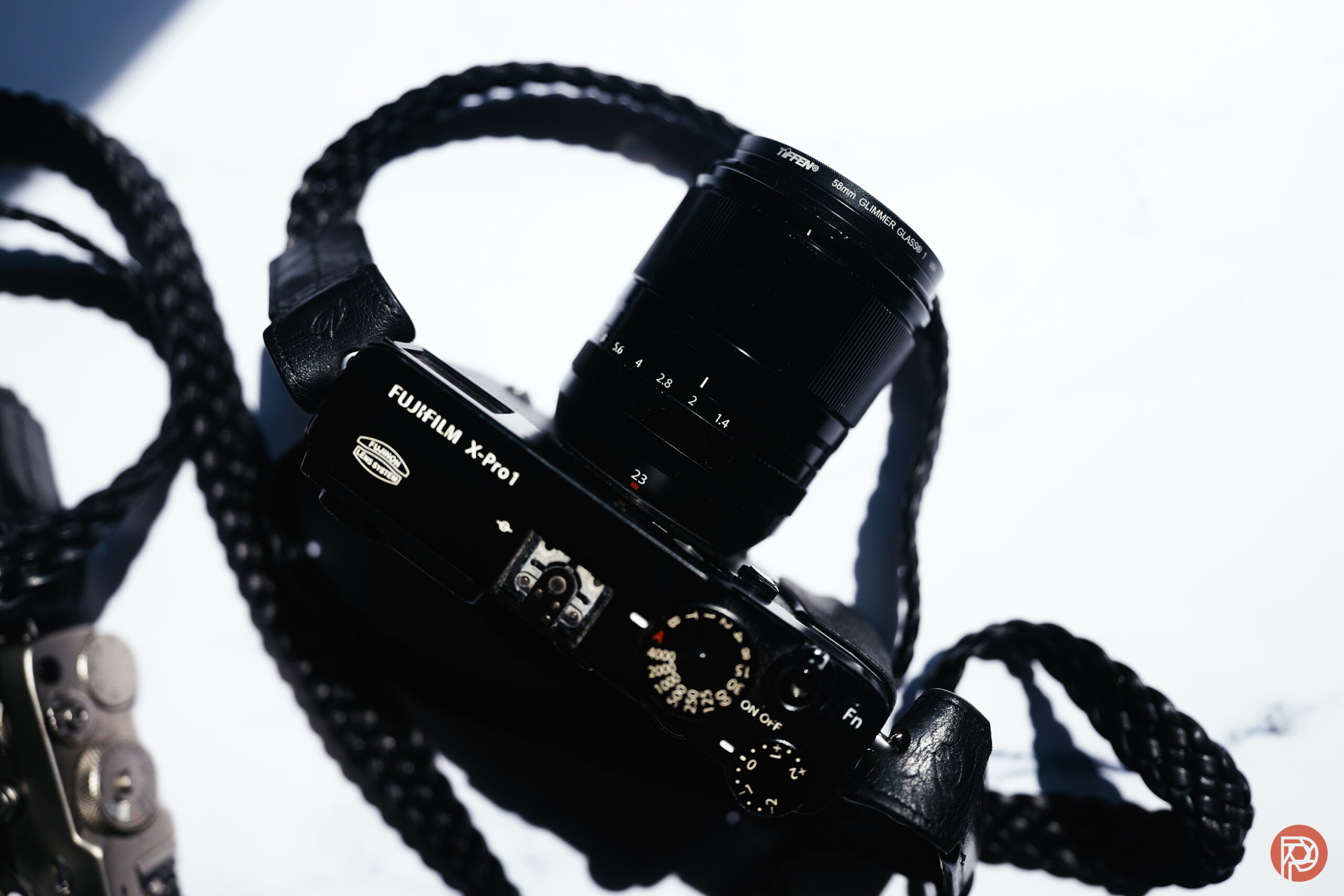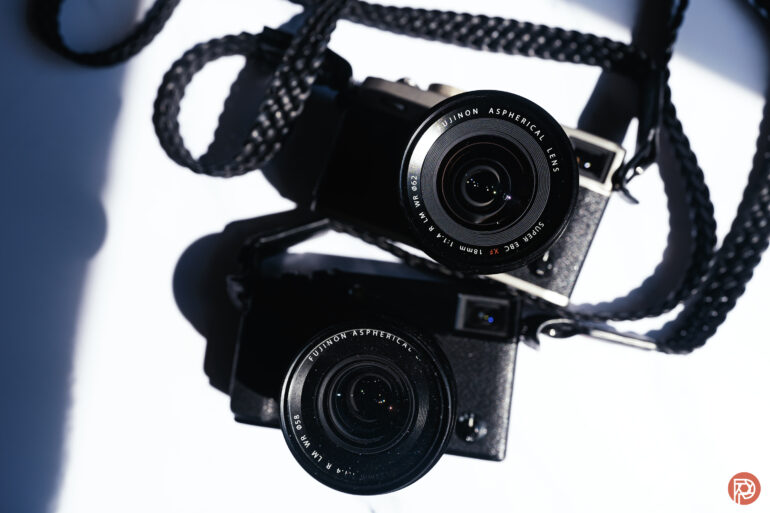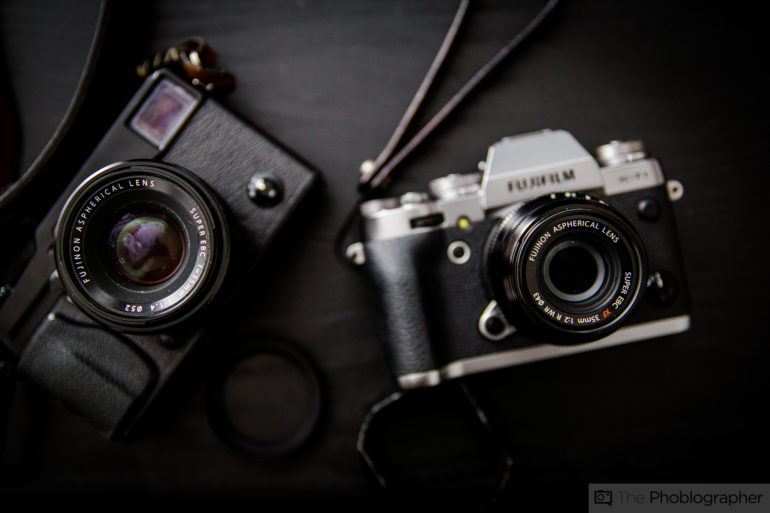
Spread the love
This year, the Fujifilm X Pro 1 (nicknamed the Fuji X Pro 1) will be quite an old mirrorless camera. In fact, we reviewed it back in 2012. And by that mentality, it turns it into one of those retro-style mirrorless cameras. By some cultures, it’s considered an adult — at least if it had a beating heart. But instead, the camera has a soul to it that still can’t be quite captured with today’s devices. In many ways, the older Fujifilm cameras are better devices for photographers. When the camera turned 10 years old, we still declared it to be a great one. Because of how low-fi the look is by today’s standards, it’s to think that it’s got a film-like look to the images it carefully helps you craft. We still don’t have the X Pro 4 yet. But if you’re considering the X Pro 1, then take the advice from a guy who has owned one for over a decade.
What Made the Fuji X Pro 1 Special
There were a few things that made the Fuji X Pro 1 so special. First off, it had a retro design that took the original X100 and built on that with giving it a higher resolution sensor and interchangeable lenses. But then there was the sensor. This was one of the first X Trans sensors out there. This sensor lets you have lower megapixels but really solid image quality when it comes to high ISO output, details, and color rendition. No other brand has any technology like that. And as time went on, camera processors just got better at doing all the heavy lifting.
As time went on, the GFX series showed us that the work done by the X Trans sensor could be done by the processors. So in turn, there wasn’t really a major benefit of having it — especially as the megapixels got higher because the color depth information was already so rich.
But with the older cameras like the Fujifilm X Pro 1, there was incredible reasons to use it at the time. It output images that rivaled all the full-frame cameras on the market.
Back in 2012, Sony’s sensors could get more detail from the shadows while Fujifilm got it from the highlights. No wonder it still holds its value.
Is it Still Great in 2025?

Is the Fuji X Pro 1 still great in 2025? Well, that really depends. The autofocus is only really good with the center focus point and I wouldn’t even bother to use the AF-C mode. That also means that you’ll be shooting in a similar way that you did back then — and lots of modern and new photographers don’t know how to do that. There’s no weather resistance to speak of and you essentially need to think of it like a glorified film-camera.
Just know that you’ll probably be shooting in AF-S and a single frame a second. So get ready to start hammering the shutter button like you’re hammering in a nail with a heavy hammer.
If that’s what you’re into, then you’ll love the X Pro 1 and it’s lower resolution image quality. But what’s really important here are the lenses.
What Lenses to Get
Even though we’ve taken a bit of a step back, the Phoblographer still has the largest collection of real world lens reviews out there. And we’ve reviewed and catalogued pretty much every Fujifilm X series lens. We stopped doing it when we decided that APS-C wasn’t really worth our time anymore for real photography.
There are four lenses in particular that we really loved with the Fuji X Pro 1.
- 35mm f1.4: One of the original Sonnar type designs and also one of the few that can cover a full-frame sensor.
- 23mm f1.4: The classic version of this had a softness to it that’s very nostalgic to look at. That can also be because of quality control.
- 18mm f2: The darling of so many photographers because of the fact that it’s essentially a pancake.
- Samyang 50mm f1.2: A lens that rendered images so incredibly gorgeous.
We encourage you to check out all of our previous reviews, hyperlinked accordingly above. These lenses are soft enough to render the look that you’re going for if you’re into the retro digital camera look.


